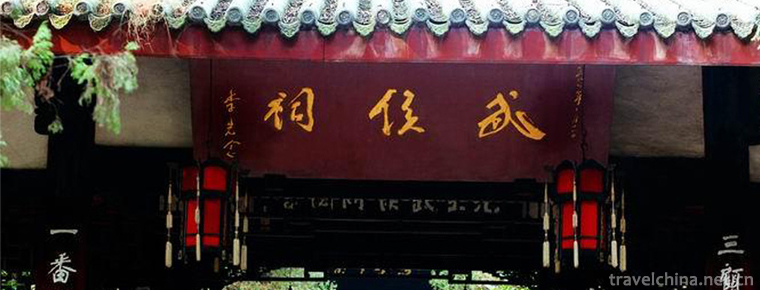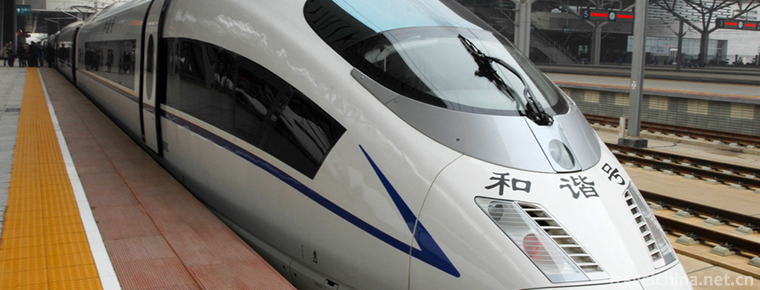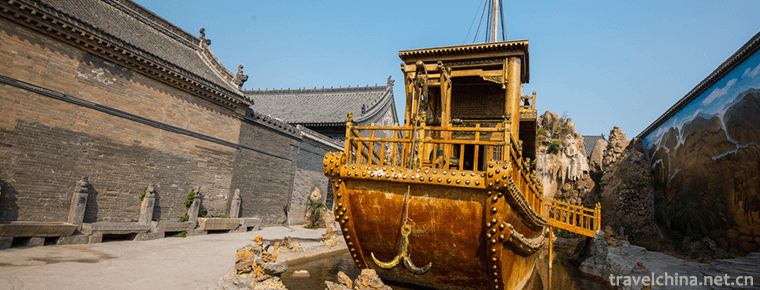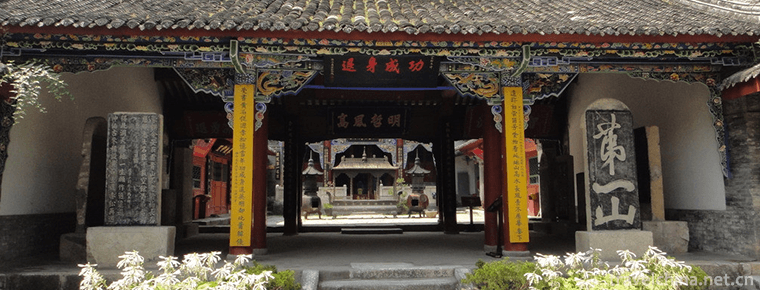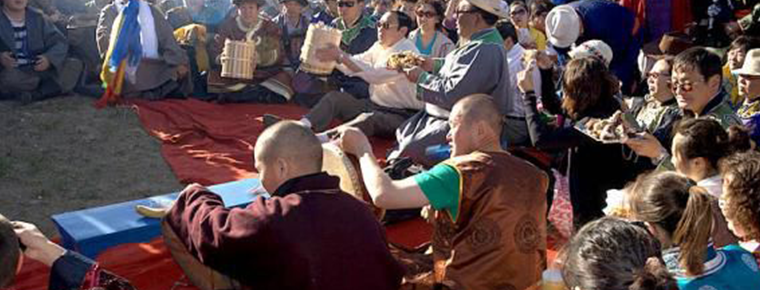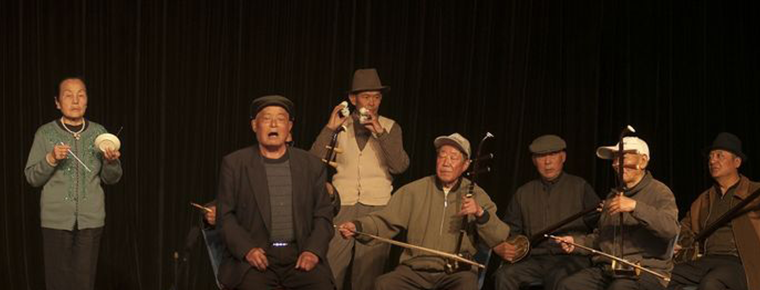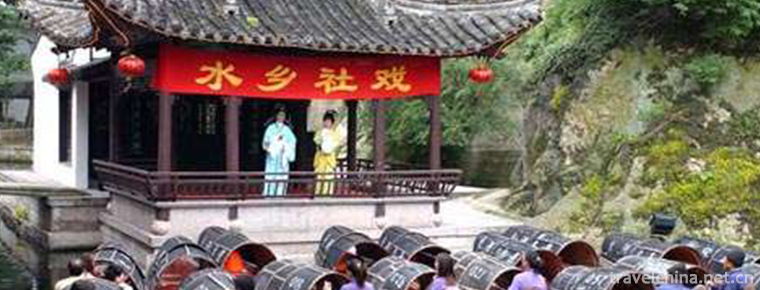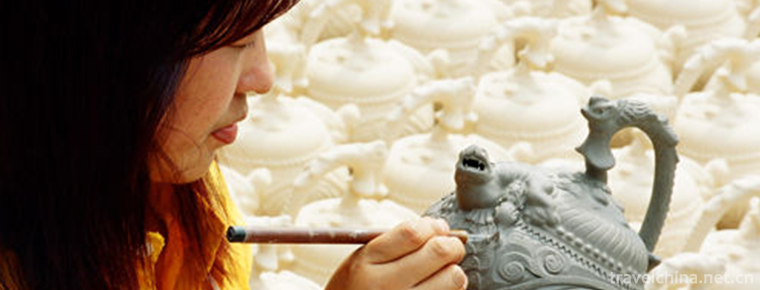Manufacturing Techniques of Tianfu Sauce Elbow
Manufacturing Techniques of Tianfu Sauce Elbow
Declaration area or unit: Beijing Tianfu Food Co., Ltd.
Tianfu Sauce Meat Shop was founded in 1738, the third year of Qianlong in Qing Dynasty, when Shandong was in a severe drought and there was no grain harvest. Liu Fengxiang, a man from Yexian County, Shandong Province, led his grandson Liu Daiming to Beijing to make a living. He opened a Sauce Meat Shop in the northeastern corner of Xidan Archway, named Tianfu, which implied the meaning of heaven's blessing. The sauce elbow made by Tianfu is crisp and delicious with excellent quality, which attracts the patronage from top officials and nobles to bottom civilians. Empress Dowager Cixi also greatly appreciated it after tasting, and gave "Tianfu waist plate", which stipulated that Tianfu waist plate should be used to send sauce elbows into the palace quantitatively every day. Since then, "Tianfu sauce elbow" has become a tribute, and its reputation has been boosted. In 1993, "Tianfu" was named "the old Chinese brand". So far, Tianfu has been passed down for eight generations. During the historical changes of more than 270 years, its products such as soy sauce elbow have always maintained superb quality.
Tianfu sauce elbow production technology is formed by repeated research of Liu's ancestors and grandchildren in their business. Its sauce preparation method is unique and unique. Tianfu sauce elbow has fine material selection, fat but not greasy, thin but not wood, non-return skin, rich fragrance and mellow. Since the 21st century, due to the overburdened old enterprises, shortage of funds and talents, narrow production sites, aging of skilled workers, outflow of skilled personnel and other reasons, the inheritance of Tianfu sauce elbow production technology has become increasingly difficult, followed by few people. To change this situation, effective protection measures must be formulated as soon as possible.
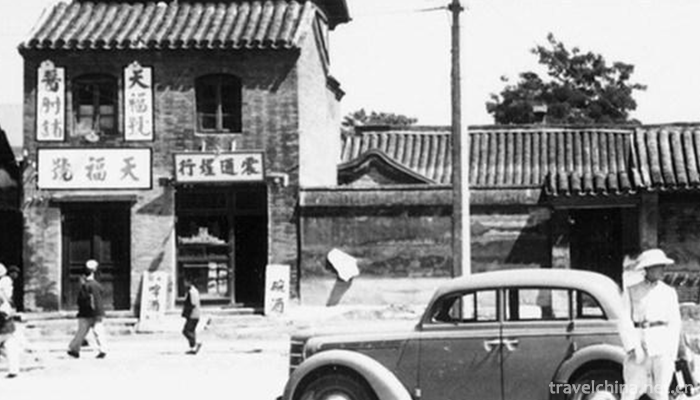
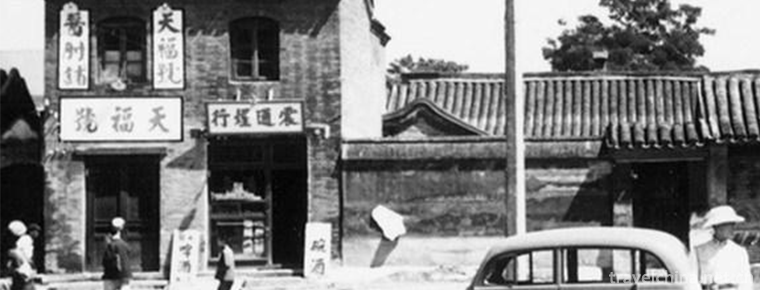
Manufacturing Techniques of Tianfu Sauce Elbow
-
Wuhou Temple in Chengdu
Martial Marquis Memorial Temple,Chegdu city,Sichuan Province
Views: 240 Time 2018-09-29 -
China Railway HighSpeedCRH
China Railway High-Speed (CRH) has two meanings: the technical standard of China High-Speed refers to the passenger dedicated line railway with 250 km/h
Views: 169 Time 2018-11-13 -
kangbaiwan manor
Kang Million Manor, also known as Heluo Kangjia, is located in Kangdian Town, Gongyi City, Henan Province (formerly Gongxian County). It was built in the late Ming and early Qing Dynasties
Views: 204 Time 2019-01-29 -
Eyes of Tianjin
Tianjin Eye, full name Tianjin Yongle Bridge Tientsin Eye, crossing the Haihe River connecting Hebei and Hongqiao District, is a cross-river construction, bridge wheel in one Ferris wheel, both touris
Views: 137 Time 2019-02-21 -
Zhangliangmiao Scenic Area
Zhangliangmiao, a holy place of Quanzhen sect, is located at the foot of Zibai Mountain on the southern slope of Qinling Mountains. It is 101 kilometers south of Hanzhong
Views: 121 Time 2019-03-16 -
Sebin Festival of Ewenki Nationality
"Serbin" is an Ewenki language, meaning "happy and peaceful". Sebin Festival is a traditional festival of the Ewenki people. On Sebin Festival, Ewenki hunters gather together
Views: 180 Time 2019-04-28 -
Five Palace Tunes in Haizhou
Haizhou Five Palace Tunes is a traditional folk music with a long history. It is an important link of Ming and Qing folk songs in Jiangsu Province. It is a precious relic of ancient "Zhugong Tune
Views: 123 Time 2019-05-02 -
Construction Techniques of Miaozhai Diaojiao Building
Miaozhai hanging-feet building is evolved from the form of "nest dwelling". It is built with bamboo and wood. The lower part of the building is hollow. It is called "semi-dry fence"
Views: 128 Time 2019-06-05 -
Shuixiang Opera
Shuixiang opera is a traditional folk cultural activity in Shaoxing, Zhejiang Province. Waterfront theatres are mostly built on rivers in front of temples such as land temples, so they are called &quo
Views: 188 Time 2019-06-16 -
Firing Techniques of Yaozhou Kiln Ceramics
Yaozhou kiln is a treasure of Chinese traditional ceramic technology. It was created in the Tang Dynasty and matured in the Five Dynasties. It reached its peak in the Song Dynasty and declined gradual
Views: 186 Time 2019-07-11 -
Mahu scenic spot
Mahu scenic area, located in Leibo County, Liangshan Yi Autonomous Prefecture, Sichuan Province, covers an area of 100 square kilometers. The scenic spot is composed of Mahu lake, Jinshajiang Valley and primitive dense forest.
Views: 202 Time 2020-10-16 -
Neijiang in yuan Ming and Qing Dynasties
In 1279, China was unified and the Yuan Empire was established. After more than 30 years of war between the end of Song Dynasty and the beginning of Yuan Dynasty, the system of Zizhou and Puzhou has not been restored except Jianzhou. In the 22nd
Views: 287 Time 2020-12-16
